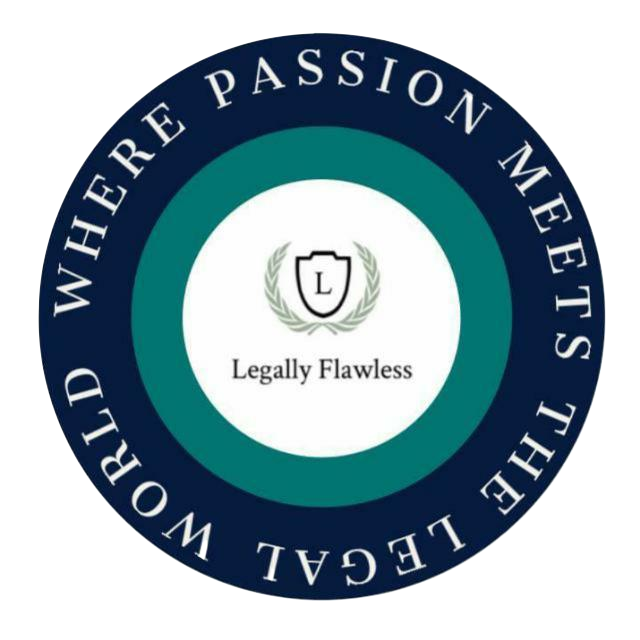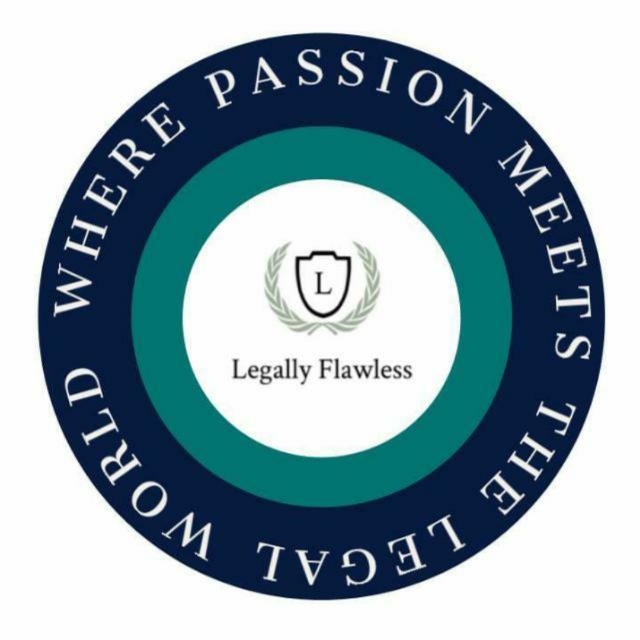Table of Contents
About DSNLU
The growing demand for quality legal education across the country was the reason for the establishment of several National Law Universities, which have gained significant prominence. In order to cater to the academic aspirations of students at National Level in general and the State of Andhra Pradesh in particular, the Government of AP established Damodaram Sanjivayya National Law University (DSNLU) under the Damodaram Sanjivayya National Law University Act, 2008 (AP Act no.32 of 2008), at Visakhapatnam.
About DSNLJ
DSNLJ is an annual, student-edited, peer-reviewed law journal by the Society for Paper Publications of DSNLU. We aspire to carve out a niche in legal discourse and serve as a research
arm for students, scholars, practitioners, academicians, and a broader intellectual community.
With an aim to render top-quality publications, DSNLJ invites submissions for its upcoming issue 2025, focusing on the theme of “Property and Law: Perspectives and Challenges.” We welcome scholarly articles, case studies/comments/ notes, legislative analyses/ policy papers exploring various dimensions of tangible and intangible Property within the legal framework.
Sub-Themes:
- Customary Laws in Property Rights -Property and Inheritance
- Property Rights in the Digital Domain
- Property Rights and Gender Justice
- Cross-Border Property Issues
- Land Laws, including Acquisition, Grants, and Property Rights
- State owns property under the Escheat, Eminent Domain, and Police Power
- Tenancy and Property Rights
- Property of the Tribes and their Protection
- Infrastructure Growth and Property Law
- Real Estate and Property
- Digitalization and E-Governance Initiative in Property Management
- Any related matters
Authors are invited to submit manuscripts on any theme they consider pertinent, provided it falls within the broader ambit of property and law. Submissions that critically analyze existing legal frameworks, propose meaningful reforms, introduce novel perspectives or address emerging issues in this domain are particularly encouraged. Inter-disciplinary contributions are welcome, and all manuscripts must conform to established academic standards. Empiricial research will be encouraged.
Submission Categories
- Long Papers / Article (5,000 to 10,000 words): Submissions in this category are expected to engage with a topic, and existing literature, comprehensively, and offer an innovative reassessment. Empirical studies or Theoretical pieces, e.g., pieces on jurisprudence or legal
philosophy are also welcome. - Essay (3,000 to 5,000 words): Submissions in this category are much more concise and targeted in terms of issue identification and argumentation.
- Legislative/ Case Analysis/ Comment/ Note (2,500 to 5,000 words): Submissions in this category are supposed to critique a contemporarily relevant judicial pronouncement or legislative measure.
Publication Policy
- The submissions must be the original, unpublished work of the Author(s) for which self- declaration of originality is to be submitted.
- Upon submission, the copyright shall be of DSNLJ for any subsequent publication/reprint/derivative work.
- The Editorial Board shall not be responsible for any libelous or scandalous material.
- As per UGC (Promotion of Academic Integrity and Prevention of Plagiarism in Higher Educational Institutions) Regulations, 2018, plagiarism is strictly monitored.
- Submissions will be screened. Original work and proper citations are mandatory.
Submission Guidelines
- Submissions should be original and not under consideration elsewhere.
- Manuscripts should strictly adhere to prescribed word limit and citation format.
- Authors must follow Oscola, 4th Edition as the citation format.
- All submissions must include an abstract of not more than 250 words.
- Co-authorship is permitted, with a maximum of two authors per submission.
- The prescribed word limits are exclusive of footnotes.
- Manuscripts should be submitted via email to [email protected] by [Submission Deadline].
- In the subject line, please mention “Submission of Paper for DSNLJ Property and Law.”
- All submissions will be subject to a plagiarism check.
- The Author(s) shall not disclose their identity anywhere in the body of the manuscript.
- Authors who wish to submit an Extended Abstract should comply with the following instructions:
- Extended abstracts do not include the names of (co-)author or their affiliations to ensure the fairness of the double-blind peer review process
- Extended abstracts are submitted as Word files
- The minimum length must be at least 1500 words and the extended abstract must not exceed 3,000 words (footnotes included.)
- The extended abstract should contain references following a uniform citation format.
- The extended abstract should at least contain a description of:
- The background/context of the paper
- The relevance/original contribution of the paper to the state-of-the-art
- The research question/hypothesis
- The research methodology used in the paper
- (Preliminary) results of the research
- Results/implications of the research
Formatting Guidelines
- The body of the paper should be justified in Times New Roman, font size 12, with 1.5 spacing.
- Footnotes should also be in Times New Roman, 10 font size, with single spacing.
- Strictly conform to the citation format.
- Any form of Plagiarism will result in disqualification for publication.
Important Dates
- Abstract along with Extended Abstract- August 18th, 2025
- Review and Comments- August 30, 2025
- Full paper- September 10, 2025
- Provisional acceptance of paper after double blind review—October 30, 2025.
- Tentative Publication Date- December 20, 2025.
Submission Link
For Submission of Abstracts along with Extended Abstracts: (CLICK HERE)
Contact Details
- E-mail: [email protected].
- Solomon Raju – 9392173556
- Devanshi Pandey –7415785011
- Dhanvin Pulavarthi – 7989450234
- Teja Naga Tapasya Mokamatla – 7670914527
All efforts are made to ensure the accuracy and correctness of the information published at Legally Flawless. However, Legally Flawless shall not be responsible for any errors caused due to oversight or otherwise. The users are advised to check the information themselves.


